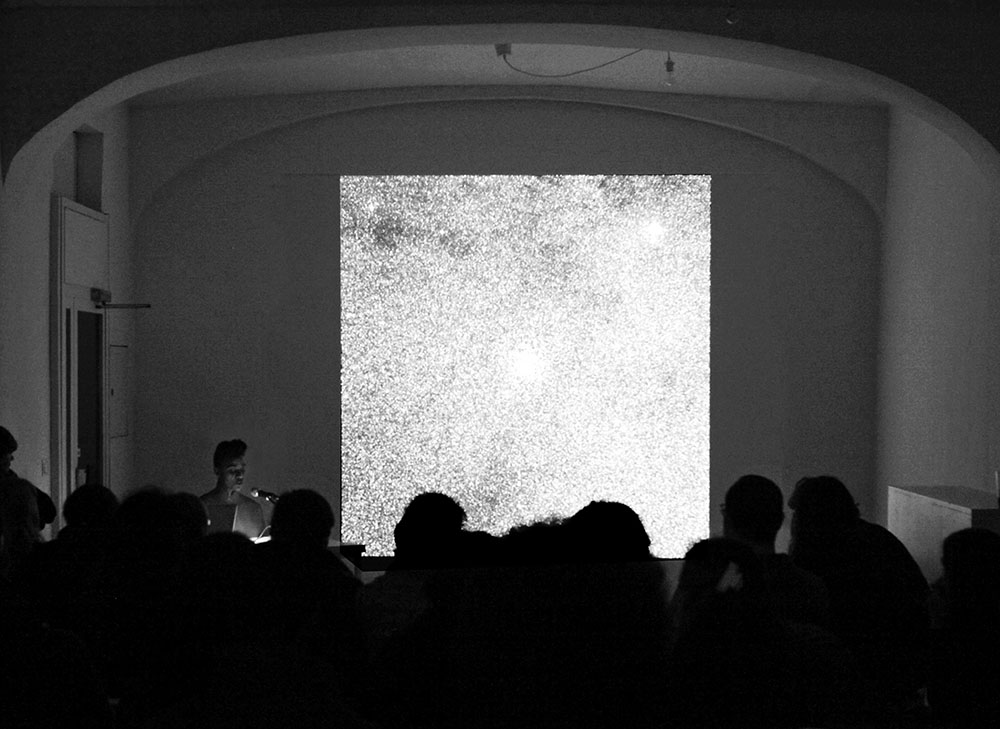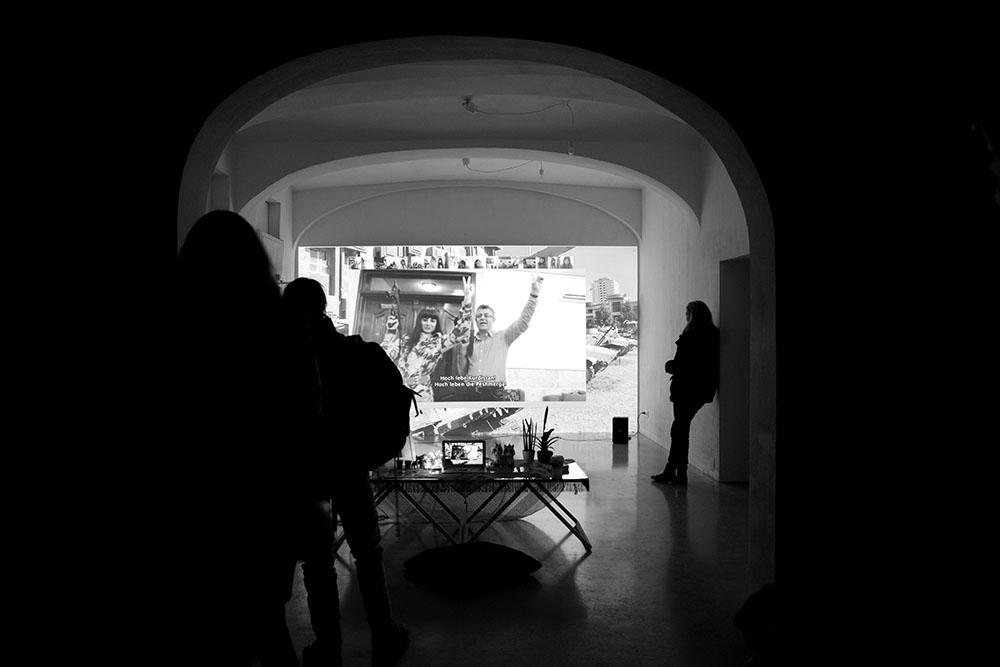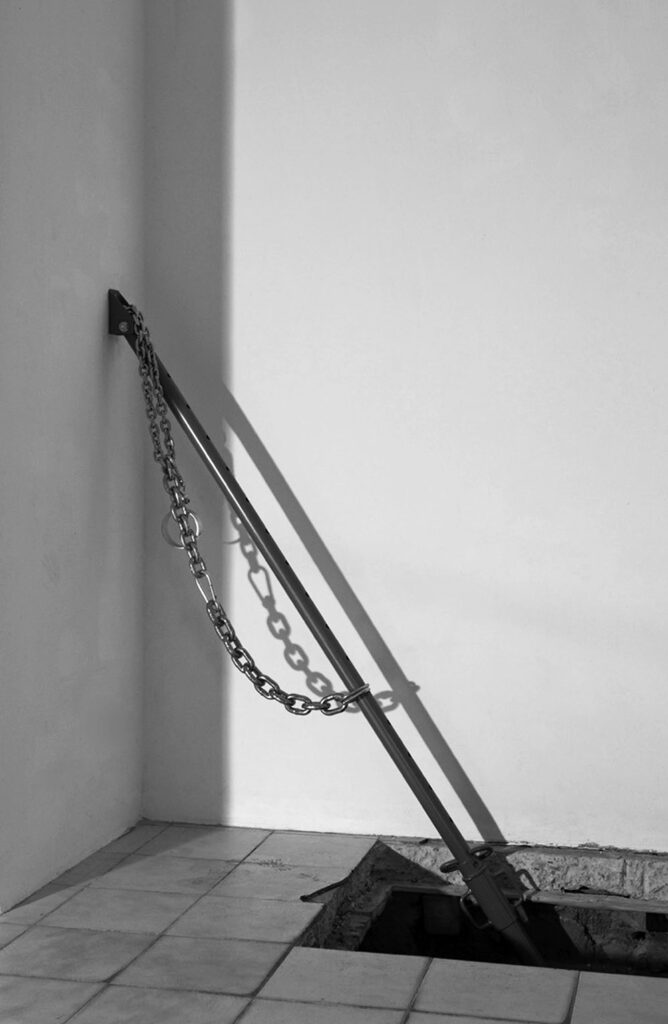Interview / Ana Hoffner / Version 3
Is school a place, an institution, a set of facilities, a situation, a circumstance, an attitude, or a constellation of relationships of the transfer of the acquired, invented, and accumulated knowledge, experience, and insight from one generation to the other? Perhaps a school or the idea of a school as a condition of learning, of being open to discourse and discovery, can also be seen as something that we carry with us wherever we go, whatever we do.1
I’ve always emphasized that identity is composed of a wide range of affiliations; but it’s just as crucial to emphasize—just as strongly—that identity is also a unity, something we experience as a whole. A person’s identity is not a series of autonomous affiliations, it is not a patchwork—it is like the skin of a drum—touch a single affiliation, your whole personality vibrates.2
Rather than remaining confined to the narrow field of micropolitical intervention or yearning for some simplified fantasy of a return to idealized “natural authenticity,” xenofeminism embraces alienation as a generative force. We are all alienated. Were we ever not? Precisely because of—rather than in spite of—our alienated situation, we can free ourselves from the sludge of immediacy. Freedom is not a given, and certainly not a “natural” one. Alienation is an effect and function of the possibility to construct freedom. The “given” is movable. Nothing is rigid. Everything is open to radical transformation—material conditions as much as social forms. The shifting ground of XF calls for a pragmatic, semi-porous ontology, one that replaces the intellectual sclerosis of academia and the stagnation of critique with mutation, navigation, and the testing of new horizons.3
We act as if everything is possible, until it will be possible.4
What need led to the creation of the space in 2011?
Yasmina: You always had this idea of an open form of school.
Andrea: Was that really the case?
Yasmina: Oh, absolutely. That’s always been with you. Then you fixed up the space (which is kind of your favorite thing to do), and I had no idea what your plan was—and I don’t think you did either. While we were grappling with the challenges of new motherhood and everything society tries to feed you about that, we also started reading feminist texts. We felt the urge to do something with it, though it didn’t immediately take shape. Out of that—and your work with the space—the idea for the Performative Screenings series was born. And right from the beginning, we started with Feminine Endings in two parts (a term from music theory describing a weak cadence, and also the title of a book by Susan McClary, who explores how gender and sexuality are constructed in the history of music). It clearly stood for a new feminism in many shades—realized through multi-day workshops and two performance evenings, curated by Wally Salner.
Does school actually have anything to do with learning? How central is the name to the program?
Yasmina: I had a hard time with the name at first—because I’m so traumatized by school—and honestly, it embarrassed me. But there’s something romantic about the idea of a counter-model to what’s otherwise the absolute worst. And that’s what I started to like: the idea that school could mean something else, actually learning something, for example.
You still have that great quote on your website: “An artist’s education is never finished. School is never out.” by Raqs Media Collective.
Andrea: I still stand by the idea that you can do embarrassing things. That you can commit to something that holds multiple meanings and remains open. That quote from Raqs says something that’s been important to us from the beginning: that you can engage with so-called established knowledge in a playful and experimental way. That’s what interested us—creating a space or setting open to all sorts of formats.
Yasmina: I’ve always loved the idea of experimentation as method—because it leaves room for failure. Reinforced by the formal rigor of the Performative Screenings, which create something like a worklessness forcing you to try things or step outside familiar genres. It doesn’t always work, but it always opens up unusual situations. That Raqs quote is actually kind of horrifying for me—I’m so relieved to be “out of school,” and then it says you’re “never out.”
You could also read the quote as a kind of pressure—like a compulsion to keep educating yourself, never reaching an endpoint.
Yasmina: I’d rather interpret it differently—and then it’s actually comforting. Then it becomes a matter of staying in motion, which I think is a core principle. Still, school is anti-academic: you can understand the works of Monira Al Qadiri or Raed Yassin without knowing anything about art. This is a factor that is very important to us and sometimes comes into play as a criterion. That doesn’t mean that all the works on show have to fulfill this, but we secretly like the idea.
Andrea: Our role as the people running the space has always felt a bit awkward. Neither of us are communication geniuses or entertainers … The evenings had to evolve into something that runs almost on its own. That comes from manic research and lots of conversation about possible formats in advance. Once the artists are on site, we’re really just doing styling. Approaching content through surface—but doing it obsessively—has worked well for us and creates room for surprise. It charges the space and that energy transfers to the audience. There are sacred, old-school moments of deep concentration, and after those moments—there’s the bar (secretly our third partner), which acts as a trigger for communication. It’s wonderful how intense and heated the discussions often really are about the works on show.
I also remember people saying they did things at school they’d never done before—things that fell completely outside their usual practice. That was true for me, too. You bring artists to Vienna who otherwise wouldn’t be seen here. What first drew you to the work of Hannah Black, Monira Al Qadiri, or Kapwani Kiwanga?
Andrea: We’ve developed a strong interest in artists working outside the Western context—often from the Arab world. We want to counter the skewed image perpetuated by the media, especially since the current refugee situation. To show what connects us—and the opportunities this new situation entails. Works that deal with queerness from a Muslim perspective, with displacement, exile, or Blackness in Austria—these aren’t just important for the Viennese art scene but generally important. In short, actuality is important to us, that the artistic practice brings with it a current confrontation.
Yasmina: You (Ana) once said we have a lot of migrant artists in the program. But that’s not really accurate. I’d say instead: many of them have multiple cultural backgrounds. This in-between state—between chairs—is something that’s becoming more and more important. “Migrant” is a difficult term anyway. Migration is a moment, but what comes after is what really matters. What unites the artists whose works we are showing is that they all work with different national, local, continental, religious, social etc. elements of identity. They see identity as something highly fluid—and that’s what interests us.
What I like about school is that the artists‘ identities are not in the foreground, but the themes they deal with—like transnational biographies—are experienced through the works. You have to look more closely to understand what defines school’s program. Artistic practice is front and center, and that’s remarkably consistent for such an experimental space.
Yasmina: These works find us—they impose themselves on us, and of course this has to do with everything that is happening in the world at the moment and is the most important thing. Sometimes, even beforehand, you get a sense that something won’t be easy (our situation is precarious enough that artists usually stay with us), but only by doing that do you understand the work as a whole. Then you get an evening like the one with Hannah Black—someone we pursued for over a year because we felt her work was such a good fit for school. The communication beforehand was super complicated, but once you see and hear her perform—that flood of information, that blending of theory and everyday life, poetry and politics, fact and fiction—it all suddenly makes sense. Kapwani Kiwanga came to Vienna with her one-year-old daughter—we found a babysitter and helped out ourselves. From the start, that kind of thing was important to us—it had to be possible. And lately, there’ve been rumors going around that we only invite women.
And—is that true?
Yasmina: No, definitely not. Yes, we’re feminist. Yes, we prioritize works that deal with feminist content. There were two peaks around this in our Objects for Settings series. First, we literally (well, Andrea and I as unskilled workers) knocked open a passage into the basement, which we inaugurated with Feminine Endings (curated by Wally Salner), performed by L’Ocean Licker (Catharina Wronn and Josefin Granqvist) and Toni Schmale. The basement is like the belly of school. What happens down there is never announced—you enter at your own risk. Kristeva’s concept of chora—a pre-symbolic space without inscription, knowledge, or boundaries—was something we really liked for that. And finally, we redid our floor: that second-wave overalls-purple was a clear statement—away from the classic gallery aesthetic. A lot of people told us not to do it, but because it fits conceptually, and because it creates a context our visitors have to interact with, it’s going to hold up over time.
Andrea: It may be true that there are more women.
Yasmina: Of course there are more women—so what? The weird thing is that it even stands out. Really, the opposite should be surprising. And honestly, I enjoy saying: No, that’s not true. There’s no need to argue about it—this is the program we want.



